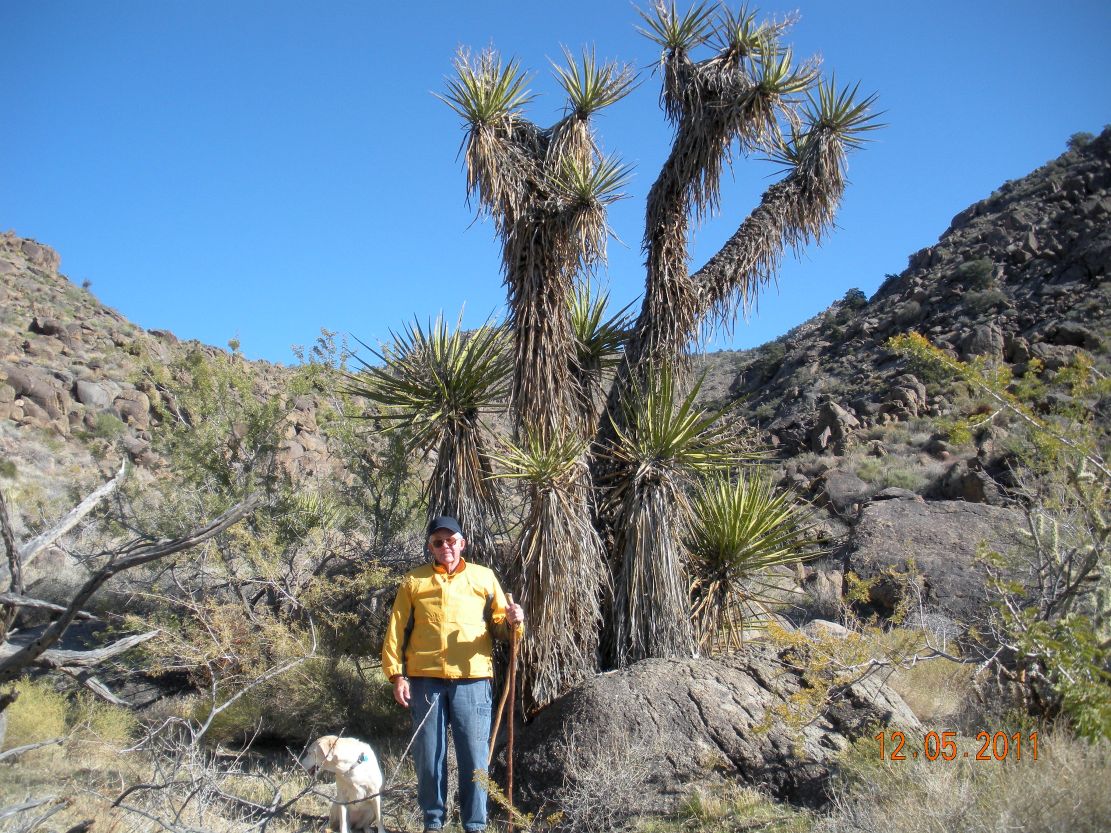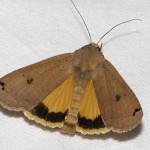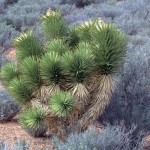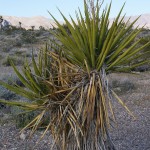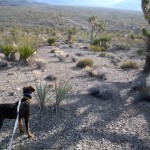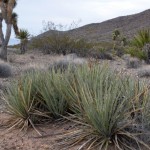Introduction
Northwestern Arizona is typical Mojave Desert country, and it has the three Yucca species that are typical of the Mojave Desert. Y. brevifolia, Y. schidigera, and Y. baccata. Though they occur at different elevations, they co-occur where there is enough water to support Y. baccata and not enough winter cold to kill Y. schidigera.
The Details
The tallest (generally) of the three is Y. brevifolia (Joshua tree). It grows 5- to 25- ft. tall and from an elevation of about 1,600 ft to 5,500 ft. It is probably the most famous of the three yuccas. I’s tall multi-branched, bent shapes dot the desert for many miles in some areas. Sometimes the plants form symmetrical trees. In the greater Meadview area of northern Arizona, the plants produce viable seeds in most areas. Some years there are huge seed crops, and in other years flowering is poor.
Y. schidigera co-occurs with Y. brevifolia but generally not over 4,500 ft nor below 2,000 ft. Y. schidigera is aptly called the Spanish bayonet yucca, but this name is applied to some other yuccas as well. The leaves are up to 2-foot long and stiff as steel. The sharp tips can easily make a nasty puncture wound. In good years, seed production is widespread. The pronuba moth climbs down the hollow, tubular flower style and fertilizes the ovules when it lays eggs. A black beetle is also found on Y. schidigera, but it brings no value to the plant and only seems to feast upon it.
Y. baccata occurs above 4,000 ft. It is a mostly trunkless yucca that also has bayonet-like leaves. Y. baccata occurs in two color forms: green leaved and blue-green-leaved. The two colors are not varieties and plants of either color occur adjacent to each other. Y. baccata is not an indicator of the Mojave Desert; it is found across the West to northern New Mexico in the mountains near Santa Fe, and perhaps beyond. While mostly trunkless, very old specimens have trunks up to 2-ft tall.
All three yuccas grow largest in canyons. Many plants grow best in canyons that are shaded half the day and where there is more water than in the desert flats.
Additional Reading: Seed Predation Due to the Yucca-Moth Symbiosis
Additional Reading; Yucca Moth and Yucca Pollination
